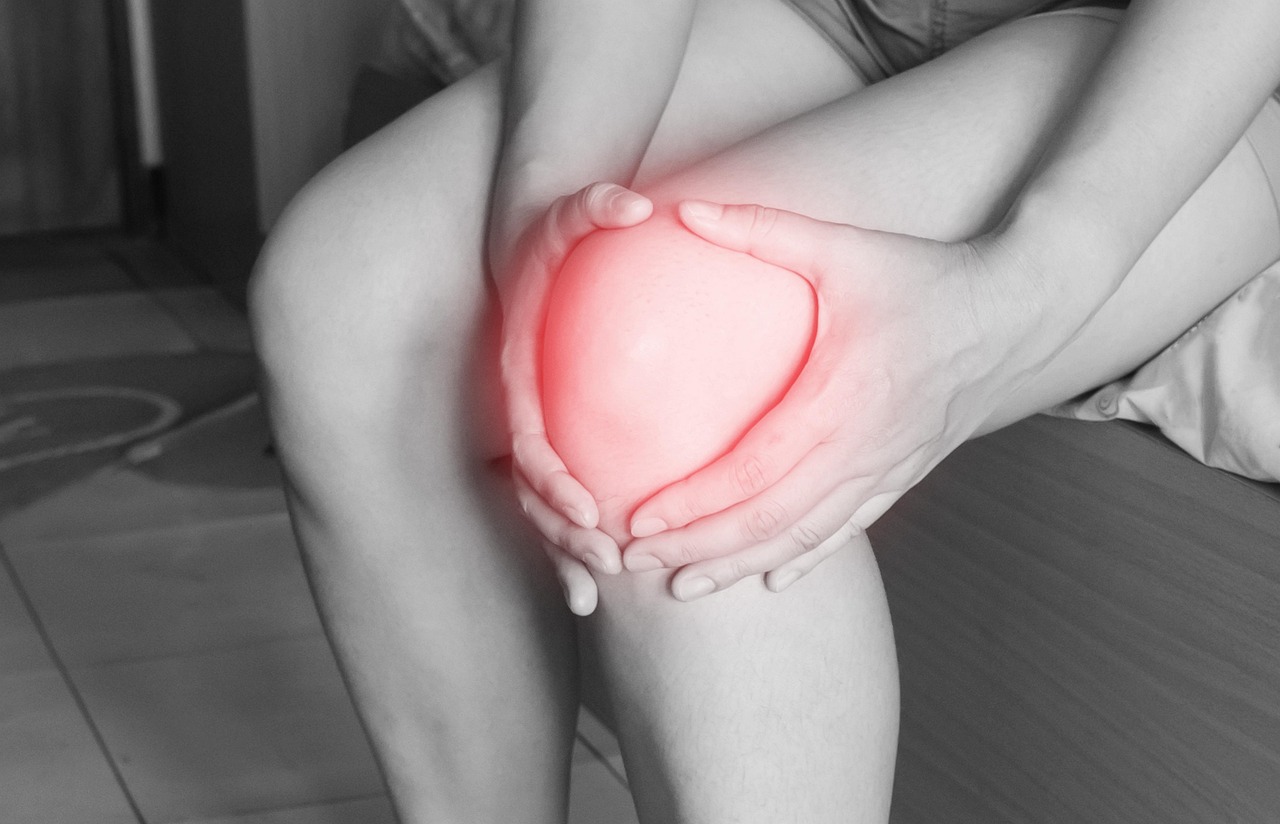Training your Lower Body Around Knee Pain


Everyone one in the gym has a good bench press story, but usually squat is different because of the knees. This may be far fetched, but it also holds some truth that a lot of people experience severe knee pain that limits their range of motion and increases their pain as they get older. While the Standard American Diet (SAD) isn’t helping our knee pain, it’s important to train what we can to preserve what we have. Many of the adult clients that come to us feel uncomfortable with lower body exercises either because they don’t feel comfortable moving their lower body or pain. Usually a combination of both. Our job is to help them feel comfortable with lower body exercises as quickly as possible due to the positive impact it could have on the quality and longevity of their life. By gaining confidence in using their lower body, we help people play on the ground with kids and grand kids, participate in activities they thought were a thing of the past, and just get through the day to day pain free. Strengthening the lower body seems to target more of the entire body than just focusing on training the upper body. Here are some things we have used with our clients at Showtime. If you have more suggestions, feel free to let us know.
Assess and Address
If knee pain is happening, we need to address what is causing it. Is it an issue below the knee like ankle mobility or calf restriction or is it something above the knee like the poor hip mobility caused by a weak posterior chain? Once you assess where the issue is truly coming from then you create an action plan to target the trouble areas. Watch these video to see a few test than be programmed to help assess strength and weak area. The overhead Squat test is a great to use to assess hip mobility, ankle mobility, shoulder mobility, and core stability.
Single Leg Glute Bridge Assessment
The single leg glute bridge test is also a great test for assessing posterior chain and core strength and stability. Sometimes it could also be a movement issue with how people are performing lower body exercises like squats. If there is an upper body weakness, it can allow the weight to shift forward over toes placing unwanted stress on the knee joint.
Train what you Can
Find the movements that you can do without pain. Avoid any movement that causes pain. I do believe that periodically you should try some movements that have caused pain or discomfort in the past. This helps to assess if the person is making progress towards feeling better. For example, many of our adult clients feel awkward or pain when performing lunges. We will go away from them and build up the muscles that work during that movement and then months later they will be able to perform them easily. The more exercise variety we can the more tools we can have to build up and find movements that cause zero pain. In the weight room, there are no exercises that you have to do, but each exercise can provide value to the right person in the right scenario.
Walk
This is advice that I seem to give to everyone regardless of goal. Walks are the best thing we can do for our physical and mental health. For people who are less trained, walking serves as strength training which is an added bonus. Walking helps to build the muscles around the hips, knees, and ankles. This builds more support for all strength training and life endeavors.
Exercises
Box Squat- I love the box squat as it breaks up the eccentric/concentric chain. In basic terms, you won’t become as sore from it. You can raise the box to a height where you can control the movement with comfort. It’s also easier for people to use more of their hamstrings and hips squatting to a box or bench than without one. As time and proficiency improves, you can reduce the box height to the point where the hip is below parallel.
Glute Bridge - A great exercise for waking up the glute and hamstring muscles. If you’re curious you can try different foot positions to target different muscle group emphasis.
Side Lying Hip Abduction Isometric- Jane Fonda was onto something with these. I can’t think of a single exercise that does more for my hips than these in a warm up. 30-60 seconds a side with either bodyweight or a band around the ankles does a great job. If you feel it your lower back instead of hips, check the leg positioning in reference to the torso. We don’t want low back extension while doing these.
Plank- Either on elbows or in a push up position. No one likes the plank because it seems too easy, but most struggle with it. Done correctly, this wakes everything up and helps open up the hips. Worry about quality over length of time here.
The ability to train your lower body pain free can add years of quality to your life. If we get to the point where we don’t train our lower half because of discomfort, we could be short changing our efforts. We didn’t cover stretching in this article, but it will be covered in a separate article. Stretching has benefits, but needs to be coupled with strength training to help keep the benefits of the stretches. If you have dealt with knee pain for years and feel unsure where to begin, reach out to one of our professional coaches or find a Physical Therapist in your area to help you assess where your pain is coming from.